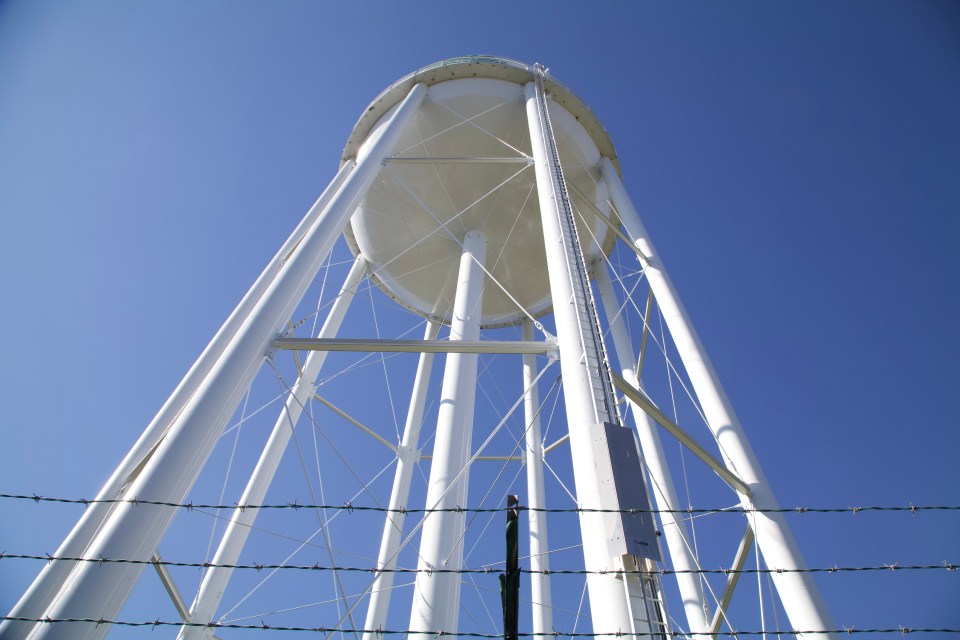The grounds of the arboretum slope down to a two-lane road that serves as an artery into the UK campus. School buildings appear as you head north and soon the campus blends into a modest downtown populated by banks and insurance companies. These were my neighbors growing up: salesmen who crammed Cadillacs and fishing boats up their slanted driveways. In contrast, my best friend Sean was the son of an orthodontics professor, making him the only other kid besides me whose dad also taught at the university. Together we were the non-jock weirdos who thought building model airplanes was way cooler than playing with daddy’s guns.
It was against this mid-century landscape that Kincaid Towers, the city’s first skyscraper, began to rise. This foray into big city living would be the tallest structure in Lexington and the third tallest in Kentucky at the time. Adding to the town’s excitement, its construction was to provide the setting for the upcoming Lee Majors and George Kennedy thriller, Steel.
In one pivotal scene, Kennedy in the role of Big Lew Cassidy falls to his death from the top floor, 333 feet above the street. Tragically, the man who performed the stunt, A.J. Bakunas, died when the airbag below split open on impact. The next morning the local paper led with images of stunned spectators gawking at the collapsed bag. It’s all anyone talked about for a time, much like it was living in New York City post-9/11. Everywhere you went, that was the conversation.
Bakunas’s death occurred not long after a student at our school got struck and killed riding his bike. Our idyllic neighborhood had been shaken by the incident, but among my peers, it became something of a project. We’d ride our bikes over to the chalk marks that outlined his body and then point in awe–and in horror–at the blood stain still present near the top of the outline. These twin impact deaths served as reminders of our own mortality and how quickly life can end, though I don’t think we thought that deeply about it then.
***
I made a phone call recently, to one of my friends from that era.
“Did anyone ever go up that ladder?” I asked.
He laughed. “Of course,” he said. “We all did.”
He then told a story of being close to the top one Fourth of July evening when out of nowhere a bottle rocket came screaming by his head. For a moment he lost his balance but managed to recover. A few people curled up on nearby blankets saw him dangling there. A month later the fence went up. But it’s true, no one ever fell. The Eye of Sauron wouldn’t have it that way.







